
Getting annuals to self-seed year after year in the Northern Plains primarily relies on what sort of winter we have. Sufficient snow cover has a dramatic effect on annuals’ ability to reappear the next spring, as do those temperature fluctuations we experience each fall and spring. Thankfully, there are some more-reliable annuals we can utilize in our part of the world that keep coming back each year with their beautiful flowers.
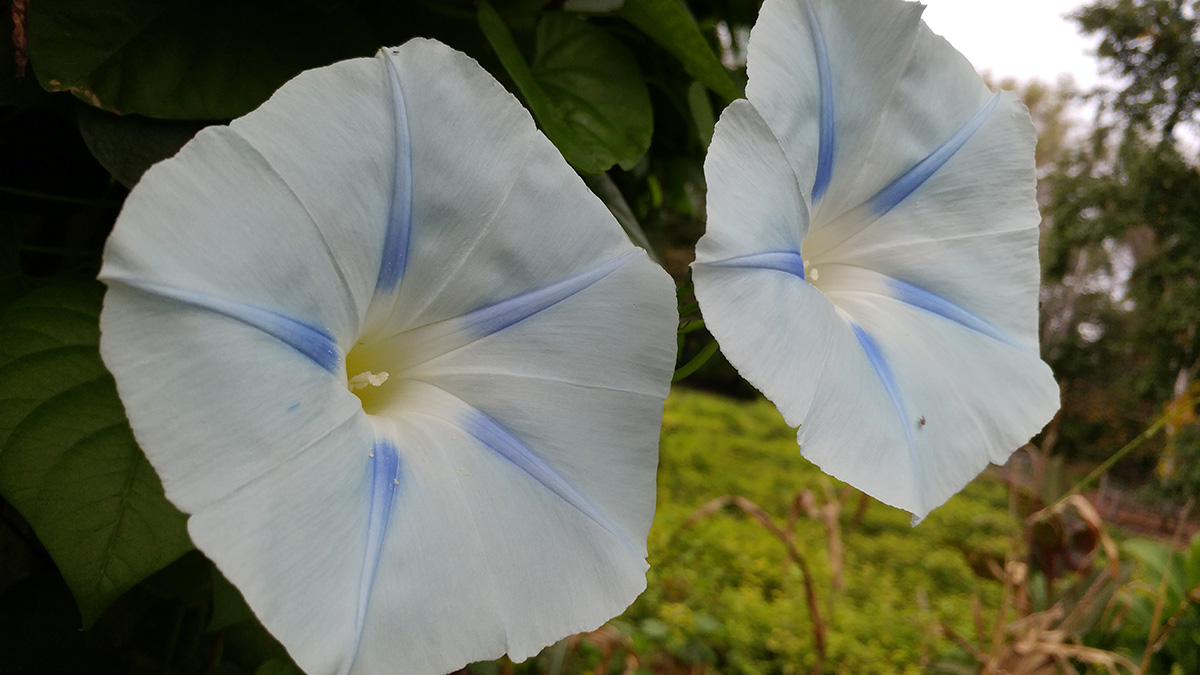
Morning glory
Ipomoea spp. and cvs., annual
The common morning glory is one annual that can border on aggressive at times, especially in our cooler climate. It routinely comes back year after year in high numbers with a climbing habit. The flower power is striking, and blooms come in a wide array of colors and shapes, meaning there is a morning glory for every garden. You only need to plant it once and thin seedlings out from then on. If you are looking for something a little less aggressive, make use of Japanese morning glory (I. nil, annual) or Mexican morning glory (I. tricolor, annual) varieties, as their seeds rarely overwinter.
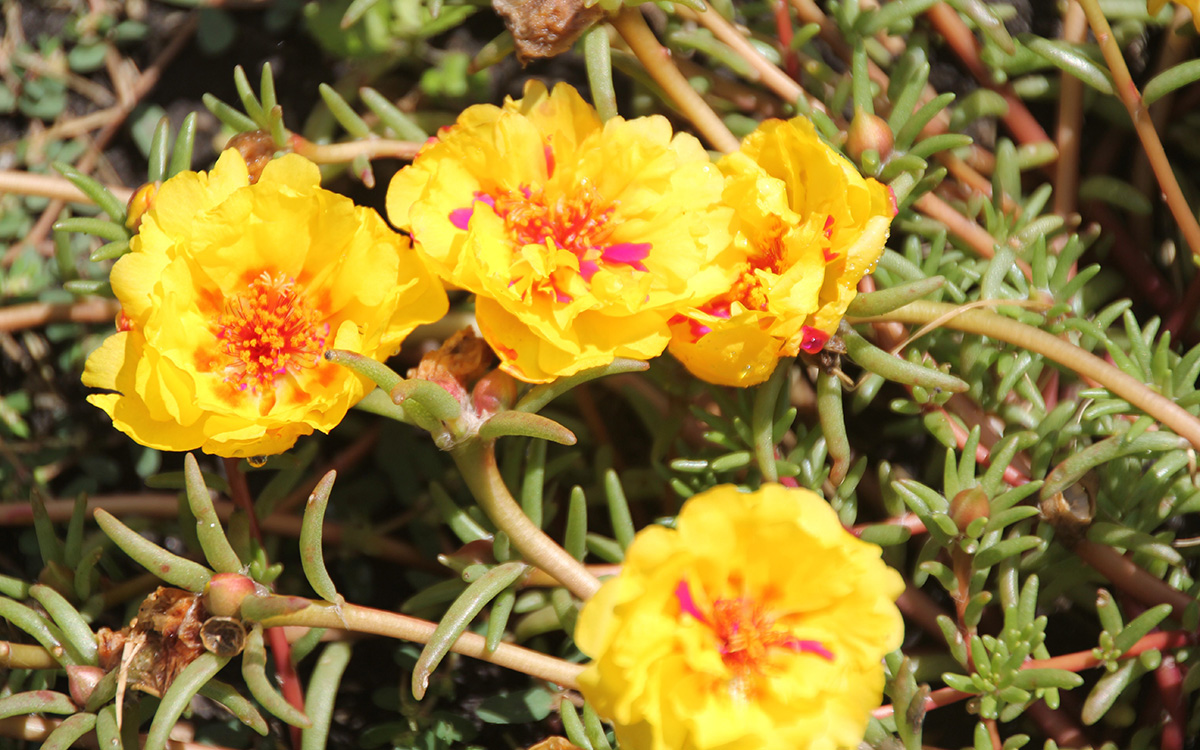
Moss rose
Portulaca grandiflora and cvs., annual
For something a little shorter, moss rose can fill in the gaps of your drier planting beds with its drought-tolerant, succulent-looking leaves and bright, colorful flowers. Individual plants reach 3 to 8 inches tall and up to a foot wide. They become covered in 1- to 3-inch-wide flowers that give way to loaded seed capsules that keep the cycle going. To get the most out of them in the Northern Plains, choose varieties that require a reduced photoperiod, meaning they will bloom earlier, such as those in the Happy Hour™, Happy Trails™, or Sundial™ series.
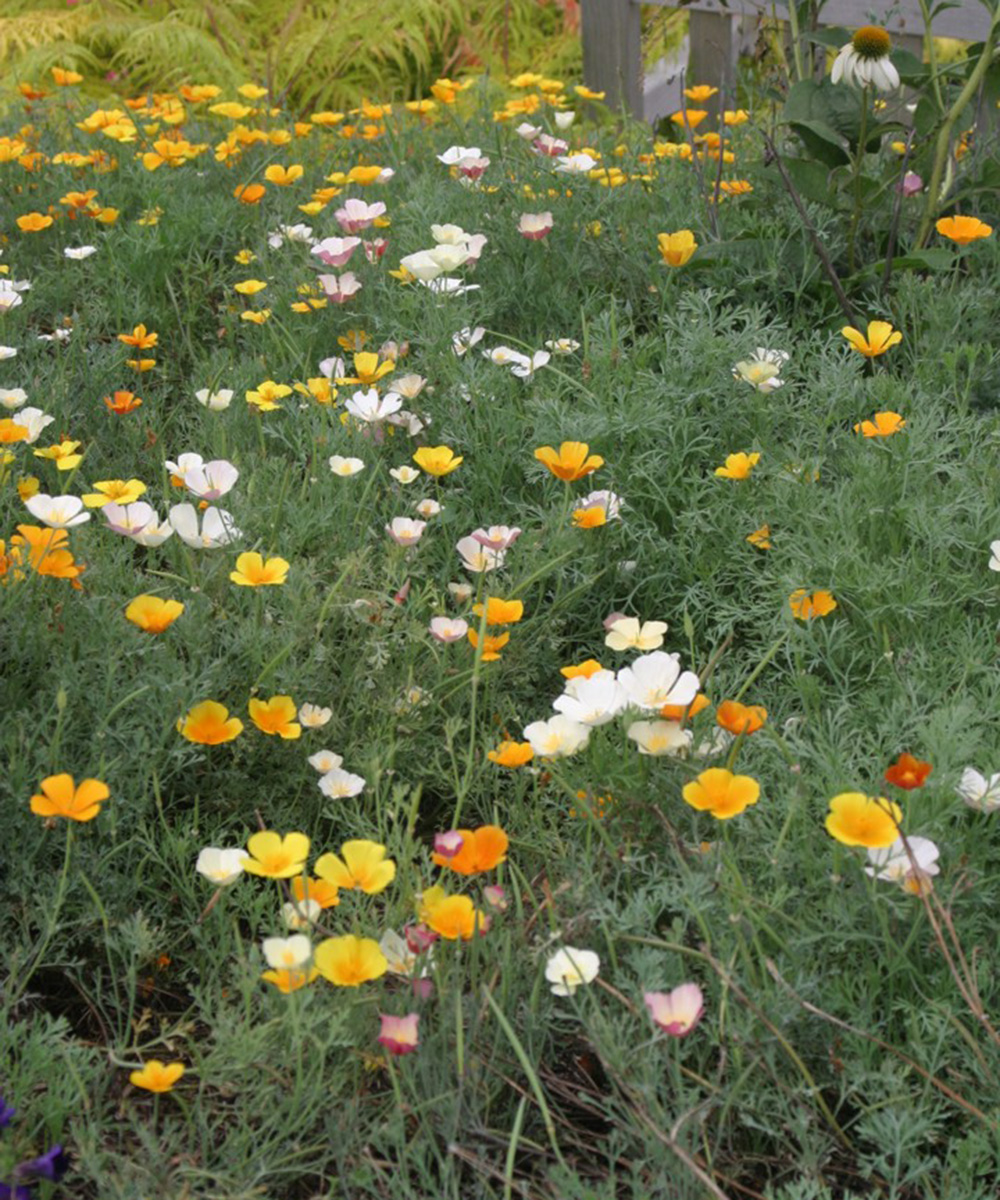
California poppies
Eschscholzia californica and cvs., Zones 6–10
California poppies are not restricted to growing only in the Desert Southwest; they can be enjoyed in any garden where they can be allowed to freely reseed. The blue-green, fernlike foliage is nearly as attractive as the large, 3-inch-diameter flowers that come in shades of orange, yellow, red, pink, white, lilac, and purple in both single and double forms. Deadheading will promote additional flowering, but be sure to leave some seedpods for self-seeding.
There are several other species of annuals or tender perennials that may reseed from year to year, but their consistency can be hit or miss for the Northern Plains. Make use of these annuals as temporary placeholders or permanent additions to your landscape for a splash of color that you see every year, making you think they may be perennials after all.
—Chris Schlenker is the horticulture and grounds manager at McCrory Gardens of South Dakota State University in Brookings, South Dakota.
Fine Gardening Recommended Products
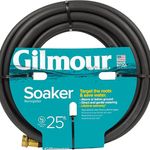
Gilmour 5/8" x 25' Round Weeper Soaker Hose
Fine Gardening receives a commission for items purchased through links on this site, including Amazon Associates and other affiliate advertising programs.

Lee Valley Mini Garden Shear Set
Fine Gardening receives a commission for items purchased through links on this site, including Amazon Associates and other affiliate advertising programs.
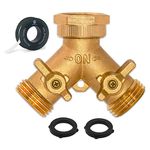
Morvat Heavy Duty Brass Y-Valve
Fine Gardening receives a commission for items purchased through links on this site, including Amazon Associates and other affiliate advertising programs.
- Fitted with US Standard NH 3/4" threads for use with most water source fittings
- Screw the 2 way splitter adapter by hand or wrench with the updated hexagonal top connection. The 360° rotatable swivel connection attaches to any water source.



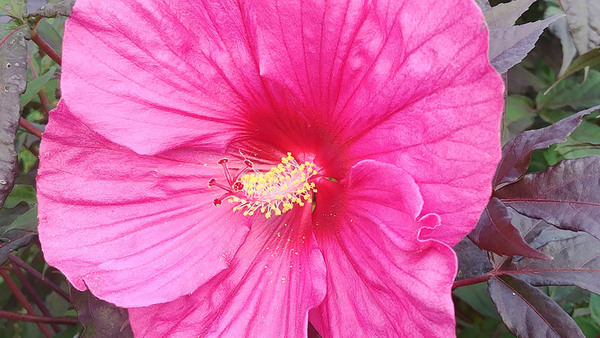















Comments
Log in or create an account to post a comment.
Sign up Log in